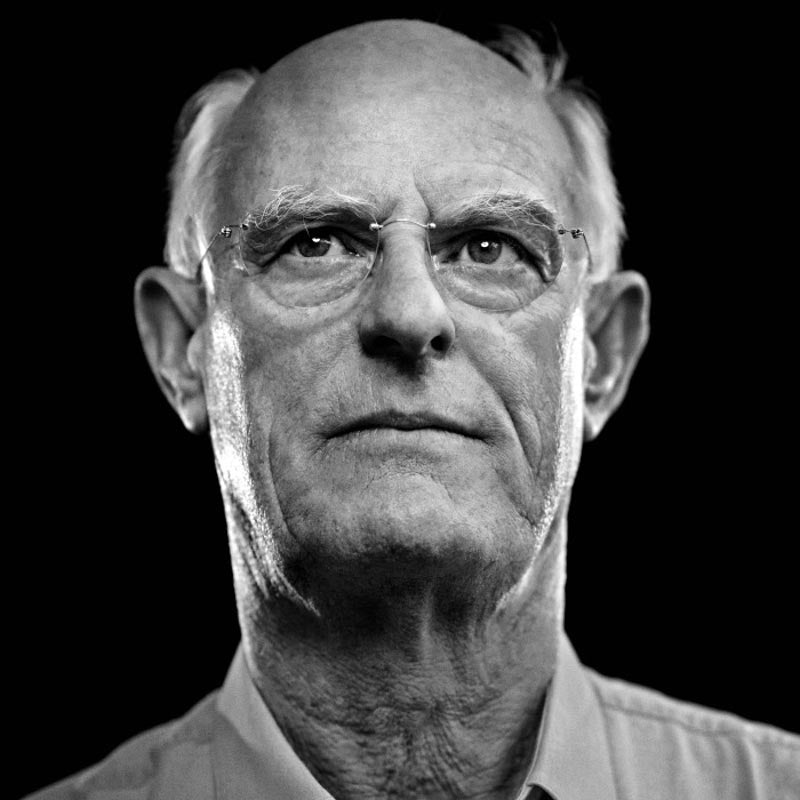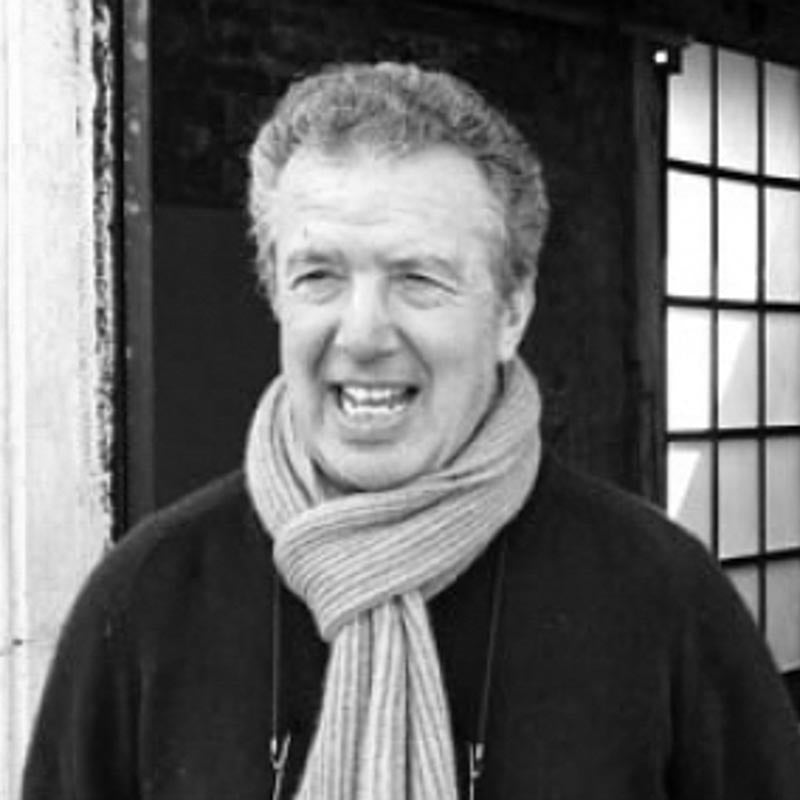Cragg ⟨kräġ⟩, Tony (owner Anthony).
British sculptor (b.Liverpool 1949).
After working as a technician in a biochemistry laboratory (1966-68), Cragg began his artistic training, which ended at the Royal college of art in London (1973-77).
After moving to Germany, from 1978 he taught at the Kunstakademie in Düsseldorf (from 1988 to 2001) and at the Universität der Künste in Berlin (from 2001).
As a prominent exponent of English sculpture (Turner prize in 1988), he focused his research on man and the environment, natural or artifact, and his first laboratory experience often emerges in the method and forms of his works.
Cragg has developed a vocabulary and syntax that take inspiration from or allude, with often subtly ironic metaphors, to scientific instruments and laws and aim to make structures and ultrastructures visible: overlapping and compressed natural and artificial materials (1975, London, Tate Gallery; from 1999 is a glass variant, Clear glass stack) recall geological stratifications.
The assembly of plastic fragments, carefully cataloged and selected, placed on the floor in New stones Newton's tones (1979) ripropose the chromatic spectrum of light; Generations (1988) presents lenticular forms of gypsum crystals and Code Noah (1988) the molecular chain of DNA; laboratory instruments are incorporated into the surface of gigantic Trilobites (1989, private collection); different objects and materials assembled and covered with wax constitute the anthropomorphic forms of Fast particles (1994, Castello di Rivoli); the series Envelope and New forms (from 1996) allude to primordial forms. Along the same lines, the works Species (2001), Early forms (2001) and Body motions (2001), in which the reference of the objects represented to the plasticity of the human body and, more generally, of nature, is evident.
His Three columns (2005, Turin, Piazza d'Armi), between 10 and 12 meters high and entirely cast in bronze, made for the 2006 Winter Olympics, hide profiles of human faces. In 2007 he was awarded the Praemium Imperiale for sculpture.
In 2009 he began collaborating with Berengo Studio, and featured in the first edition of Glasstress in the Palazzo Franchetti as part of an official collateral event of the Biennale. As the years progressed he continued to experiment with the medium with the help of Berengo’s glass maestros. Although he had worked with glass before, most famously in his large-scale assemblages (several of which will be featured in this exhibition), it was only when he began to work with Berengo that Cragg began to seriously develop a series of artworks using the artisanal skills of master glassblowers to create original sculptures in glass. Whereas older works tend to lean upon found forms, such as the glass bottle, the more recent works are smaller and more intricate in their approach to form.
In 2021 SILICON DIOXIDE solo exhibition at the Museo del Vetro in Murano.
In 2021 SILICON DIOXIDE solo exhibition at the Museo del Vetro in Murano.



Hinterlasse einen Kommentar
Alle Kommentare werden vor der Veröffentlichung geprüft.
Diese Website ist durch hCaptcha geschützt und es gelten die allgemeinen Geschäftsbedingungen und Datenschutzbestimmungen von hCaptcha.